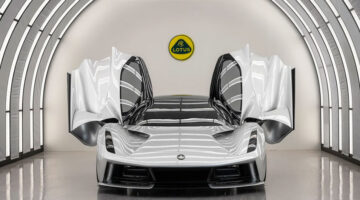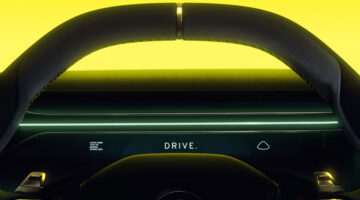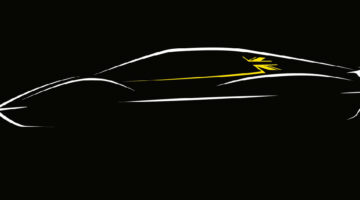Our man Tim Brown hits Hethel heaven at Brands Hatch for the annual Lotus Festival
[Not a valid template]The annual Lotus Festival is a weekend to celebrate the beloved marque’s achievements both on-road and on-track. You might expect it to be held at Snetterton, just 20 minutes from the marque’s Hethel HQ. But for the last four years Brands Hatch has played host, and although that might seem an odd decision, we imagine the Kent circuit would have ranked amongst Colin Chapman’s favourites: it was here that Lotus scored five of the eight Formula 1 victories it took on home turf (the others being split between Silverstone and Aintree). In fact, between 1964 and 1972 Lotus won four out of the five Grands Prix held at Brands courtesy of Jim Clark, Jo Siffert, Jochen Rindt and Emerson Fittipaldi.
Any love felt for Brands Hatch by Chapman’s team is clearly requited. The road that runs through the grounds, from the main entrance to the back of the paddocks is named Colin Chapman Way, and it’s either side of this road – rather aptly – that hundreds of E cars – Elises, Esprits, Excels, Elites, Exiges, Eclats – are packed. The largest (and fullest) area off this strip overlooks Clark Curve, so I think we can now remove any lingering doubt about the intertwining histories of both circuit and carmaker.
As well as countless road cars driven into the circuit grounds by proud owners, the track itself was put into commission for several Lotus-only championships (and a handful of non-exclusive series). Attendees were also treated to a display of Formula 1 cars – including a ‘61 Lotus 21 and a pair of Camel liveried cars from ‘89 and ‘90. Plus a whole host of meticulously cared for classics. So, let’s dive in:
[Not a valid template]Lotus 102
Of the two Camel cars, the most interesting was the ‘90 102. Partly because I’d seen the 101 a few times before, including at the Masters Historic Festival, but also because the 102 switched from a Judd V8 to something a little more exotic: the rather ungainly bulge towards the rear of the engine cover is hiding something with an extra four cylinders. And not just any V12, but a Lamborghini V12. As wonderful as that sounds (both in concept and acoustically), it proved to be a mistake, it being the first – and last – Lotus F1 car to run a V12. Although the team knew that the large size and weight of the engine compromised the package, hopes that the higher power output would offset those disadvantages weren’t realised. Worse still, the complicated engine was unreliable: Lotus scored just three points with the 102 that season, and lost Camel as its sponsor in the process, almost sinking the entire team as a result. Deviating from the ‘simplify then add lightness’ ethos had clearly backfired, and the 102B car for the ‘91 season reverted back to the simpler, lighter Judd V8.
[Not a valid template]Lotus 340R
The 340R concept was first unveiled in ‘98, and the overwhelmingly positive reception convinced Lotus to produce it. Only 340 of these Elise-based marvels were created, all of which were sold before release and around a third of those stayed in the UK. The idea was to hit 340bhp/ton with this road-legal track car, and although it fell short of that target, the lighter curb weight (not to mention translucent side panels) made it a blast to drive. The front and rear spoilers added to the production version not only to negate lift but actually generate a small amount of downforce. This car is wearing the magnesium rims specially made for the 340R by Technomagnesio, which weren’t supplied with the cars due to a production delay. Instead the cars were originally fitted with Rimstock wheels, which were swapped for the Technomagnesio items free of charge as soon as they were ready.
[Not a valid template]Lotus Carlton
The Lotus Carlton is a very quick car by today’s standards, let alone the yardstick it was measured against a quarter of a century ago. The idea seems relatively simple: take a large saloon car, bore out the straight-six engine (from 3.0-litres to 3.6) and add twin Garrett turbochargers. Along with the intercoolers and suitable upgrades to handle the extra oomph – AP racing brakes and tuned suspension as well as drivetrain mods – the rather boring ‘middle-manager’s car became something of a monster, kicking out 377bhp. That was good enough for 0-100kph in 5.1 seconds, 0-160kph in 11.1 and a top speed of 283mph, beating its contemporary – the Ferrari 348TB – on every count. Indeed, the top-trumps winner also gained a following in the UK criminal underworld: several Lotus Carltons were used as getaway cars since the police force had nothing quick enough to keep up with them.
Story concludes on page 2



